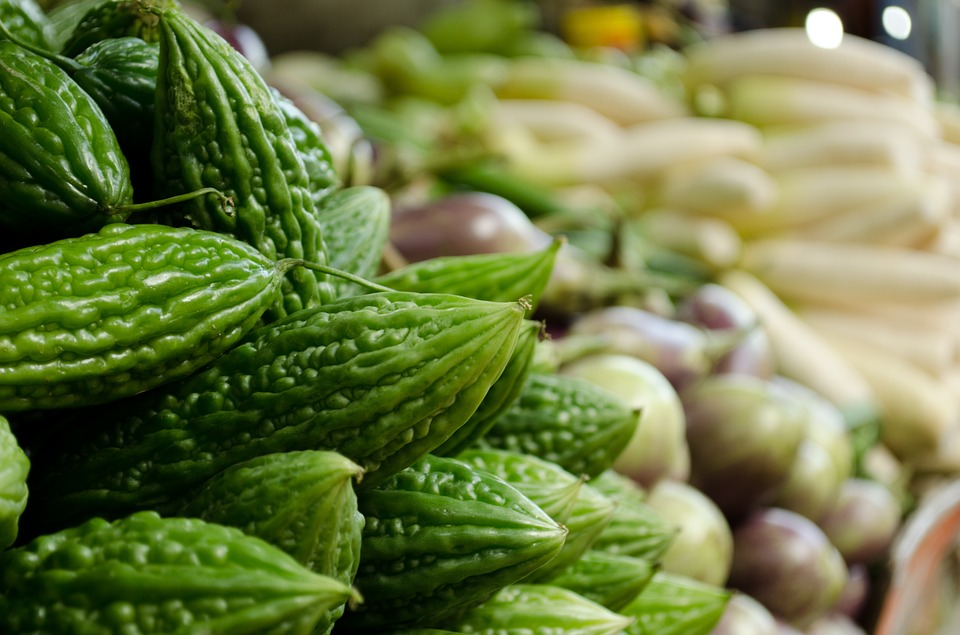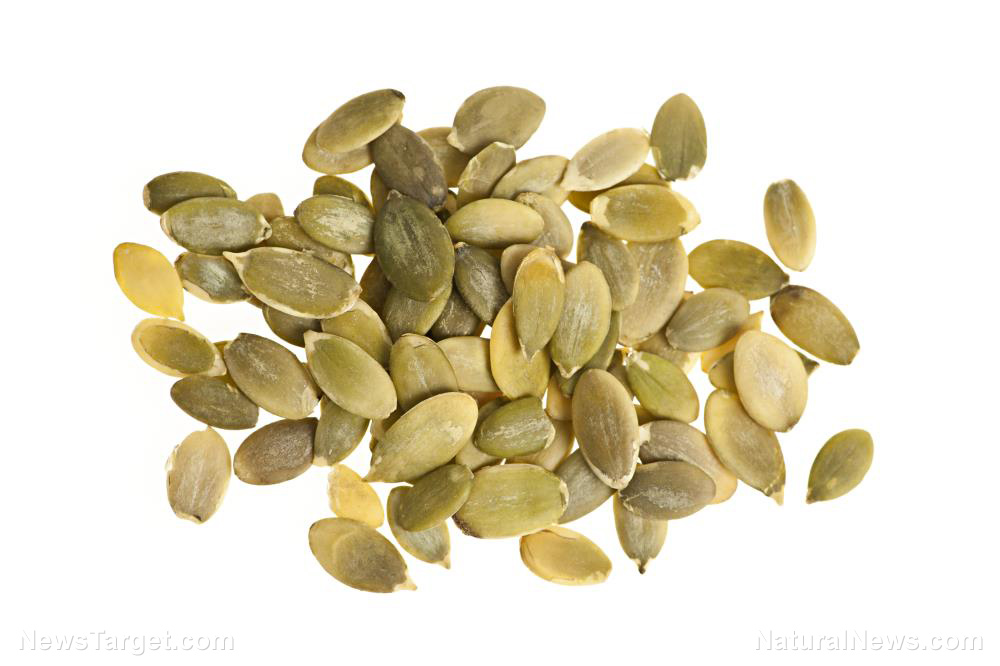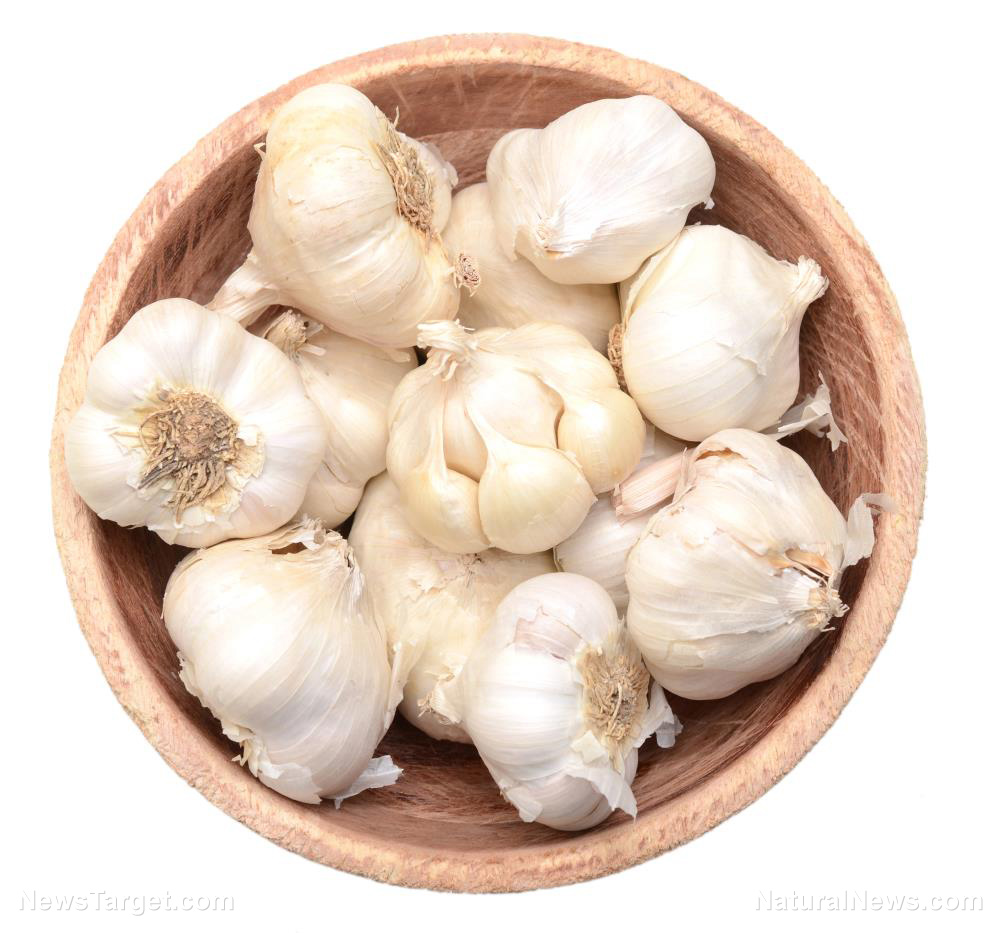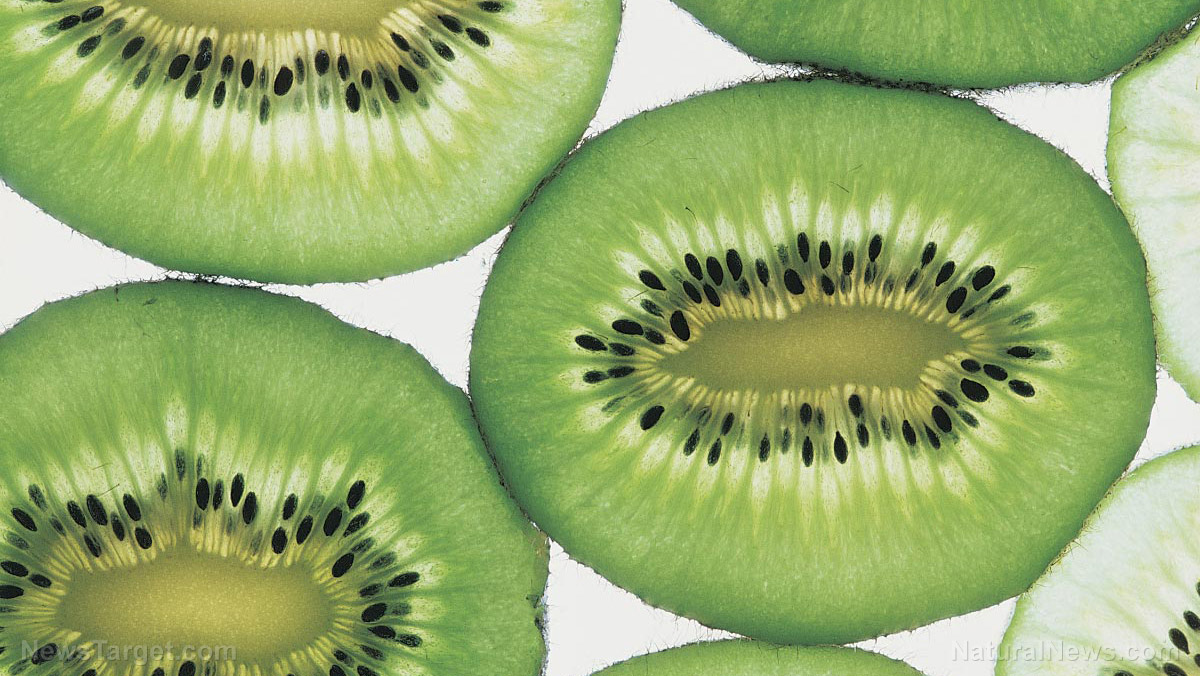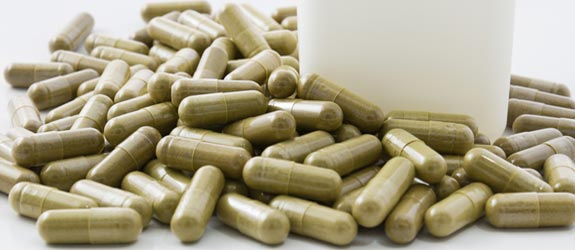10 Valuable herbal remedies for easing cough symptoms
10/17/2025 / By Lance D Johnson

A cough is a vital and beneficial defense mechanism of the respiratory system. Its primary purpose is to protect the airways by forcefully expelling harmful substances, including microbes, dust, chemicals, and foreign objects. This action helps prevent infections and maintain clear breathing passages.
The process is remarkably efficient: The larynx narrows to build pressure within the airways before suddenly relaxing. This releases a powerful burst of air that effectively dislodges and propels irritants out of the body.
While a persistent cough can signal an underlying health issue, the reflex itself is a crucial part of the immune system. It serves as one of nature’s most effective tools for clearing pathogens and ensuring respiratory health.
This article explores ten valuable herbal remedies for easing cough symptoms and improving the cough’s productivity.
Key points:
- Historical cough remedies, such as pine needle syrup, onion poultices, and mustard rubs, are experiencing a resurgence due to their accessibility and efficacy.
- These natural treatments leverage the inherent medicinal properties of common plants and herbs, offering a complementary approach to modern medicine.
- The article explores the preparation and science behind these remedies, including the role of specific compounds in soothing irritation and breaking down congestion.
- Additional natural compounds, such as zinc and bromelain are examined for their cough-suppressing and soothing qualities.
- The barks of wild cherry and slippery elm, and the root of licorice contain soothing properties for mucous membranes and valuable antimicrobial, anti-inflammatory properties to help the body expel weakness.
- This movement towards plant-based healing reflects a broader cultural shift towards self-reliance and a deeper connection to traditional wellness practices.
The old ways work well in the modern world
Long before the first drugstore opened its doors, human societies had already compiled extensive pharmacopoeias from the natural world. Native American tribes skillfully used pine needles and wild herbs as expectorants, while European pioneers blended their old-country knowledge with the new flora they encountered. In the gaslit parlors of Victorian England, the sharp scent of an onion poultice was a common and comforting signal of healing. These practices were not mere superstition; they were the result of meticulous, lived experience. They persisted because they worked, offering relief using ingredients that were often already on hand. This historical context is not just a footnote; it is the very foundation of a practice that is finding new relevance today for those seeking gentler, time-tested alternatives or for situations where a trip to the doctor is not an immediate option.
The pine needle syrup, for instance, is a classic example of this synergy between survival and healing. The needles of safe-to-use pines, like the Eastern white pine, are steeped to create a soothing tea that is then sweetened with raw honey. This process extracts a wealth of vitamin C and natural antibacterial compounds, creating a syrup that calms the raw, scratchy feeling in the lungs.
The addition of wild herbs like thyme, a practice borrowed directly from Native American traditions, can add another layer of potency, as thyme contains thymol, a compound known for its antimicrobial properties. Creating this syrup is more than just mixing ingredients; it is an act of connection, a tangible link to the forest and the people who first understood its gifts.
Herbal medicine is key to overcoming sickness
For a cough burdened with deep chest congestion, the humble onion reveals its powerful side. The onion poultice, a staple in pioneer medicine, leverages the vegetable’s high sulfur content. These sulfur compounds are anti-inflammatory and work to draw out mucus, delivering relief directly to the source when the warm, prepared poultice is applied to the chest or back.
Similarly, the mustard rub operates on a principle of stimulating warmth. By mixing mustard powder with flour and warm water to create a paste, a powerful circulatory stimulant is formed. The resulting warmth increases blood flow to the lungs, helping to relax tight muscles and loosen stubborn phlegm, providing a sensation of profound relief that can feel almost immediate. These remedies are beautifully low-tech, requiring no specialized equipment, only a willingness to look at common ingredients in an extraordinary way.
The foundational knowledge of these remedies can be expanded by understanding the specific actions of other natural compounds. For example, the mineral zinc, often found in lozenges, plays a crucial role in immune function and can help reduce the duration of a cold when taken at its onset. Bromelain, a mixture of enzymes derived from the core and juice of pineapples, acts as a natural anti-inflammatory and mucolytic, meaning it can help break down and thin thick mucus, making coughs more productive. This is why a warm drink with fresh pineapple juice can feel so soothing. Medical News Today tried to debunk claims about pineapple juice being 500 percent more effective than cough syrup, pointing out a viral Facebook post that was eventually marked as “misinformation.” However, the original study underpinning that claim verifies the virtues of pineapple juice, even in tuberculosis cases.
Furthermore, the barks of wild cherry and slippery elm have been used for centuries by herbalists. Wild cherry bark contains compounds that have a gentle suppressing effect on the cough reflex, which is ideal for dry, hacking coughs that serve no productive purpose. Slippery elm bark, when mixed with water, forms a thick, gelatinous substance called mucilage. This mucilage coats and soothes the throat like a protective balm, calming the irritation that triggers the cough reflex. Each of these substances offers a unique key to unlocking different aspects of respiratory discomfort.
Spiny Sowthistle (Sonchus asper L.) is traditionally used to support respiratory health. The plant’s leaves and stems are utilized in traditional medicine systems to treat conditions like asthma, cough, and bronchitis. The positive impact on respiratory function is attributed to its rich composition of bioactive compounds, particularly flavonoids and phenolic compounds, which are known for their anti-inflammatory and antioxidant properties. By reducing inflammation in the respiratory tract, Sowthistle can help alleviate symptoms. Furthermore, the plant is described as having sedative and tonic properties, which may contribute to calming cough reflexes.
Licorice root is a premier natural cough remedy due to its multi-faceted, soothing action on the respiratory tract. Its long-standing reputation is built on its ability to directly suppress coughs, moisten dry and irritated lungs, and relieve spasms in the bronchial passages. This comprehensive approach addresses the root causes of coughing, such as irritation and dryness, providing relief without the harsh side effects commonly linked to pharmaceutical options.
The efficacy of licorice root is primarily attributed to a key compound called glycyrrhizin. This substance is responsible for the herb’s characteristically sweet taste and is 50 times sweeter than sucrose. Glycyrrhizin is a powerful demulcent, meaning it forms a soothing film over mucous membranes, which directly calms throat irritation and the tickling sensation that triggers a cough reflex. Furthermore, licorice contains flavonoids, which contribute to its anti-inflammatory and antispasmodic properties, helping to relax the airway muscles. Beyond its direct actions, licorice is revered as a “harmonizing” herb in traditional practice. When blended with other herbs in formulas, it is believed to enhance their overall effectiveness while mitigating potential toxicities, making it a valuable and synergistic component in many natural cough syrups and therapeutic teas.
The true beauty of this natural apothecary lies in its flexibility and the empowerment it offers. One is not limited to a single remedy; they can be layered for a synergistic effect. Sipping a demulcent tea of slippery elm while a mustard rub warms the chest creates a multi-pronged assault on symptoms, addressing both the internal irritation and the external congestion. This approach embodies a philosophy of care that is both holistic and deeply personal. It encourages individuals to become active participants in their health, to understand the ‘why’ behind the ‘what,’ and to cultivate a sense of preparedness that is invaluable in any situation, from a simple seasonal cold to a scenario where conventional resources are scarce.
Sources include:
DERPharmaChemica.com [PDF]
IScientific.org [PDF]
Submit a correction >>
Tagged Under:
alternative medicine, Bromelain, Congestion relief, cough relief, health science, herbal medicine, Herbs, holistic health, immune support, Mustard rub, natural cures, natural health, natural medicine, Naturopathy, nutrients, onion poultice, phytonutrients, Pine needle syrup, plant medicine, remedies, respiratory health, Slippery elm, Wild cherry bark, zinc
This article may contain statements that reflect the opinion of the author
RECENT NEWS & ARTICLES
COPYRIGHT © 2017 NATURAL MEDICINE NEWS



